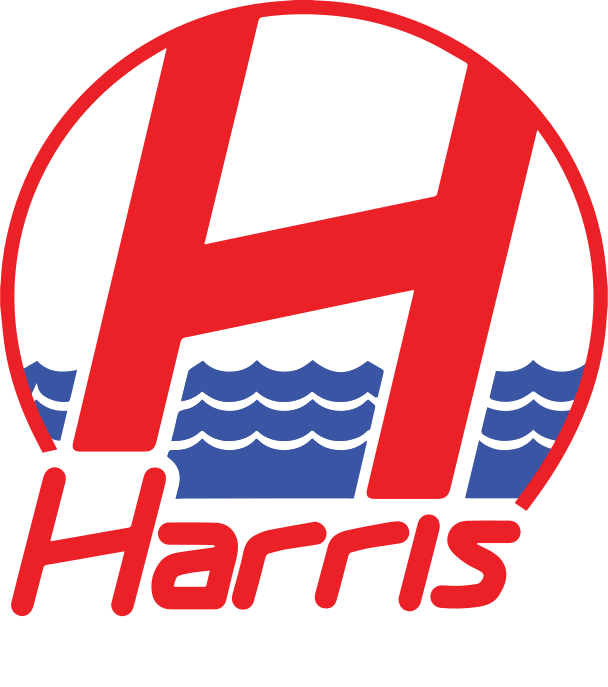New plumbing projects in New York City involve more than just installing pipes and turning on the water. NYC has specific regulations to ensure safety, efficiency, and environmental sustainability. Whether you’re a business owner or property developer, understanding these rules will help you choose reliable contractors. Learn about three regulations new plumbing projects have to follow in NYC for safe water lines, sewers, and stormwater management.
Material Standards
The NYC Department of Environmental Protection (DEP) enforces strict material standards to maintain the reliability and longevity of water lines and sewer systems. For water lines, the DEP mandates the use of ductile iron pipes and copper, which are known for their strength and resistance to corrosion. The infrastructure must handle high water pressures and heavy usage while minimizing the need for frequent repairs.
New sewer systems must use cast iron, which contributes to the overall efficiency of the sewer network and helps to prevent leaks, blockages, and contamination. By maintaining these high standards, the DEP ensures that New York City’s plumbing systems remain safe and durable.
Installation Guidelines
For water main installations in NYC, new plumbing contractors are required to follow protocols such as determining proper trenching depths, laying pipes within secure bedding materials, and using specific pipe-laying methods to prevent shifting or damage. These procedures are necessary to maintain stable water pressure, prevent leaks, and safeguard the water supply’s quality.
For sewer construction, detailed guidelines focus on proper grading and alignment to ensure the efficient flow of wastewater. Sewer pipes must be installed with precise slope calculations to avoid blockages or backflow issues. Inspections by qualified engineers are required at every stage of the installation to maintain compliance with regulations. New construction plumbing companies in NYC follow installation guidelines for water mains and sewers to avoid project delays and to protect public health.
Backflow Prevention
Backflow prevention is a critical requirement for connecting a property’s plumbing system to the municipal water main. Property owners or contractors must obtain a letter of approval or exemption for a backflow prevention device from the NYC Department of Environmental Protection. These devices stop the reverse flow of water, which can occur due to sudden drops in pressure, potentially pulling pollutants or hazardous substances into the clean water system.
The process of securing a backflow prevention approval or exemption involves submitting detailed plans to the DEP for review. This includes specifying the type of backflow prevention device, its location, and compliance with city standards. Licensed professionals often handle the installation to ensure proper functionality and alignment with regulations. Additionally, these devices must be inspected and tested regularly to maintain certification.
New York City’s plumbing regulations help maintain safe, efficient, and long-lasting water and sewer systems. By enforcing strict material standards, the city makes sure infrastructure can withstand high pressures and heavy usage. Comprehensive installation guidelines prevent issues like leaks and blockages, protecting public health and reducing the need for costly repairs. Together with backflow prevention measures, these regulations safeguard the water supply and uphold the reliability of the city’s plumbing networks.




















